While some people place performance, value for money or battery life above all else when choosing a new phone, for many it’s a device’s camera setup that defines whether it’s worthing picking up or leaving well alone.
There’s an inherent issue in knowing just how good a phone’s camera setup actually is before buying one. Looking beyond a device’s own marketing, there’s little to guarantee that you’re getting a pixel-perfect snapper without actually testing it out extensively beforehand.
There’s also the matter of what you might intend to use your phone’s camera for: are you looking for a great stills camera, a top-quality pocket video camera or a device that spits out the sharpest selfies possible? Depending on the use case, some phone cameras are better suited to certain tasks than others.
That’s where our rundown of the best camera phones available right now comes in. We’ve run every phone in this shortlist through its paces, covering everything from performance and versatility to, of course, camera quality and ability.
You can click through on any of the entries below to read our full reviews of each device and read a full breakdown of each’s photographic capabilities, along with camera samples taken from each.
Best camera phone 2021
iPhone 13 Pro – Best overall
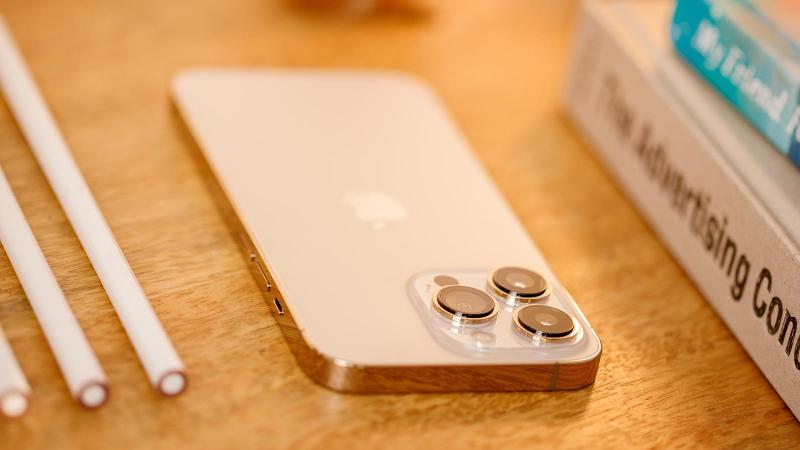
- Pros: Superb triple rear camera setup | Excellent video capture | Great front camera
- Cons: Cinematography Mode needs tweaking | ProRes eats up storage
When it comes to smartphone cameras, Apple has made the entire iPhone range a force to be reckoned with. Unlike last year, where the standard iPhone 12 won out against its Pro-branded sibling, this year’s iPhone 13 Pro is undoubtedly the model to beat.
Beyond a familiar 6.1in Super Retina XDR display, this year enhanced by 120Hz ProMotion visuals and a top-tier 5nm Apple A15 Bionic chipset the iPhone 13 Pro boasts an astounding set of cameras.
You can expect bigger sensors and faster apertures than its predecessor – meaning improved low light performance – far more comparable quality when switching to the phone’s ultrawide (which also now offers macro shooting capabilities) and a 3x telephoto snapper (up from 2x), letting you shoot further than ever before.
What’s more, the iPhone still leads when it comes to video capture, gaining some smart new features like Cinematography Mode, alongside ProRes and Dolby Vision at up to 4K at 60fps; not to mention some of the best native mobile video editing capabilities out there.
Read our full Apple iPhone 13 Pro review
Google Pixel 6 Pro – Best Android
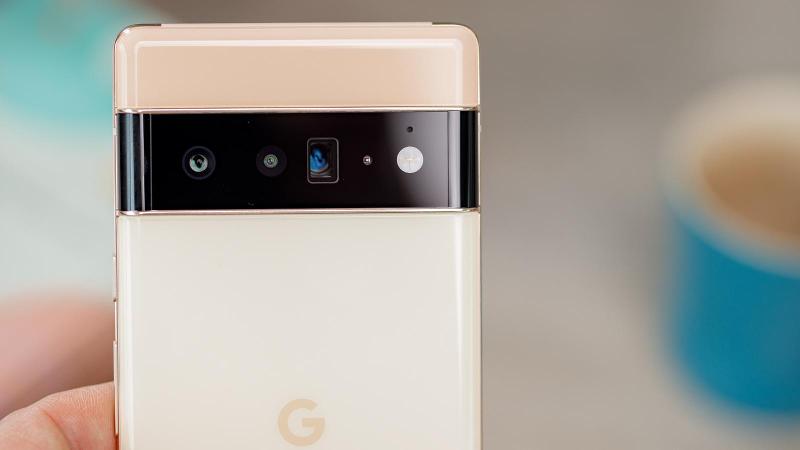
- Pros: Improved camera hardware | Incredible HDR shooting | Intelligent editing features
- Cons: Telephoto lacks consistency with other sensors | Magic Eraser can trip up
Google is shaking things up for 2021, with the Pixel 6 and Pixel 6 Pro debuting the company’s new Tensor silicon and a refreshed Android 12 experience along with a completely new design and a significantly enhanced triple rear camera.
The camera system relies on a new 50Mp main sensor – the first time Google’s upgraded an entry’s main imaging hardware for the first time since the Pixel 3.
The result is a camera with astounding dynamic range, paired with a 12Mp ultrawide that offers impressive colour and contrast consistency, along with a periscopic 48Mp telephoto camera, with a 4x optical zoom; a far cry from the Pixel range’s old single-sensor approach to photography.
Thanks to the phone’s new purpose-made Tensor chipset, the Pixel 6 Pro also showcases some smart new features editing features, like Magic Eraser – which can automatically paint out unwanted elements in your photos and a rock-solid Face Unblur.
Despite dropping the ‘Pixel XL’ naming convention a couple of years back, the 6 Pro is an undeniably sizeable phone, with a stunning QHD+ curved-edge OLED that – for the first time in the series – makes the move to a higher 120Hz smooth refresh rate (just like the iPhone 13 Pro).
A huge 5003mAh battery also ensures some of the best battery life on a Pixel ever, even if fast charging is a bit of a mess.
Read our full Google Pixel 6 Pro review
Samsung Galaxy S21 Ultra – Most versatile
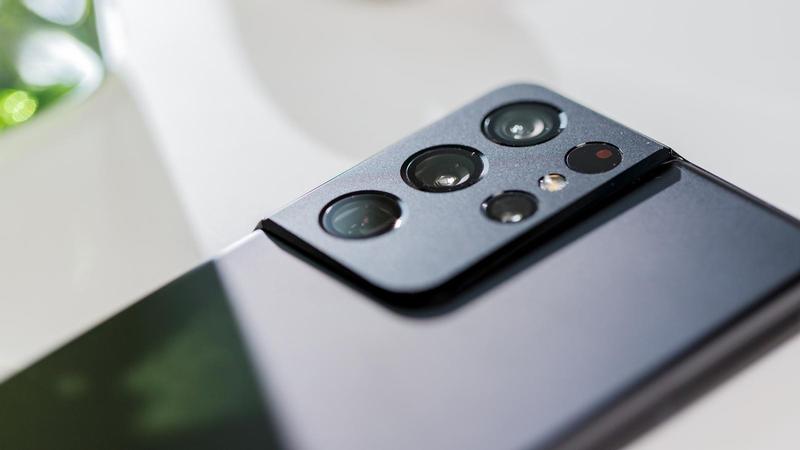
- Pros: Diverse camera hardware | Fast autofocus | Strong zoom abilities
- Cons: Weaker dynamic range than some rivals | Edge distortion on main sensor
The camera module on the back of the Galaxy S21 Ultra is huge and imposing, but luckily also comes with the skills to back up its bold design; a stark contrast to the disappointing snappers on 2020’s Galaxy S20 Ultra.
An updated 108Mp main shooter leads the charge, backed up by a 12Mp ultrawide and two telephoto lenses at 3x and 10x magnification, respectively.
A laser autofocus system, similar to the one Samsung first implemented on the Galaxy Note 20 Ultra, delivers impressively fast focusing and the quality of both stills and video are impressive across the S21 Ultra’s entire zoom range, affording you unmatched versatility from a single smartphone camera.
As with the other entries in the Galaxy S21 series, ease of use and a bevvy of fun features elevate the hardware, while selfie fans will appreciate the whopping 40Mp front-facing sensor.
Read our full Samsung Galaxy S21 Ultra review
iPhone 13 – Best for selfies
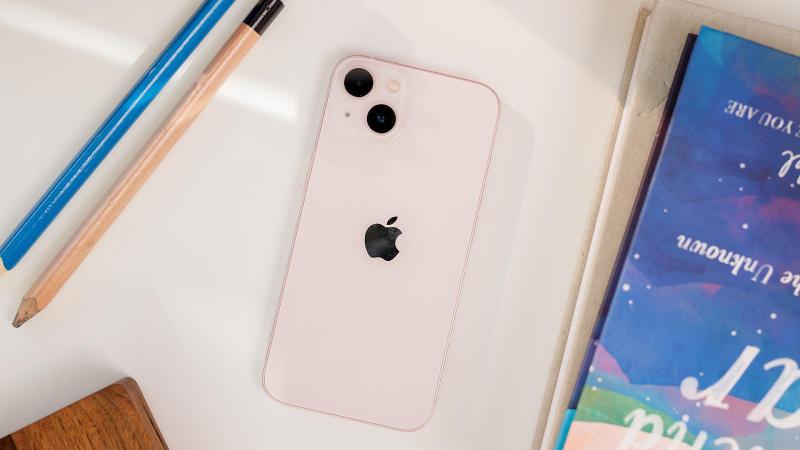
- Pros: Consistency between sensors | Great dynamic range | Superb front camera
- Cons: No telephoto camera | No ProRes or ProRAW | Cinematography Mode needs work
Similarly to the iPhone 12’s dual rear cameras, you get a similar set of snappers on the 13, albeit now set at a jaunty angle and with improved optics and larger pixels.
The main and ultrawide deliver promising consistency, while the setup also embraces the sensor-shift OIS (optical image stabilisation) that was exclusive to last generation’s iPhone 12 Pro Max.
Outstanding dynamic range, colour and contrast consistency between the rear sensors and Cinematic Mode – as on the iPhone 13 Pro – are only really offset but the standard 13’s lack of a telephoto sensor or support for Apple’s ProRes and ProRAW capture standards.
Apple’s expertise in the selfie department persists on the iPhone 13 too, whose front-facing 12Mp TrueDepth camera gets most of the same image processing features as the rear snappers, not to mention Cinematic mode.
Beyond the camera, losing out on the 13 Pro’s high refresh rate display is one of the few other notable shortcomings on this entry.
Read our full Apple iPhone 13 review
Xiaomi Mi 11 Ultra – Highly versatile
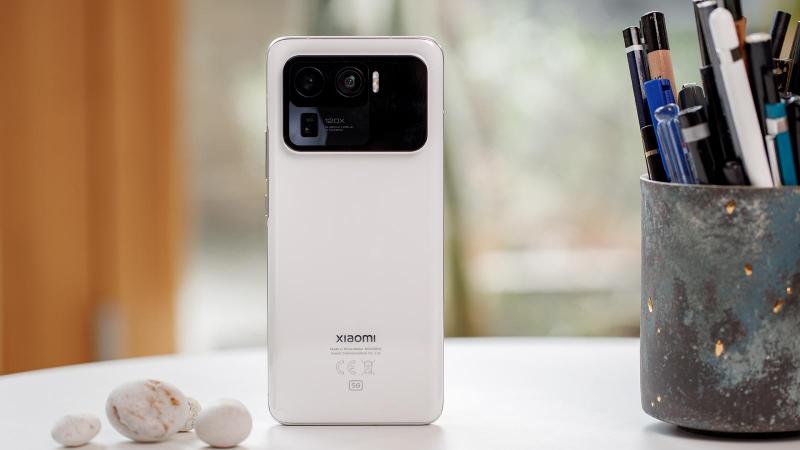
- Pros: Well-stocked camera setup | Innovative secondary display | Superb zoom
- Cons: Ugly, over-sized camera module | Inconsistency between sensors
Xiaomi’s current flagship serves as the perfect foil to Samsung’s Galaxy S21 Ultra.
A large 1/1.12 50Mp sensor leads the cameras on the Mi 11 Ultra’s sizeable ‘island’ of a camera bump, offering up great shots in all conditions, including low light. Quality isn’t quite on-par across all sensors as the S21 Ultra but it’s still pretty fantastic.
The real standout inclusion is a rear-facing display, letting you use the Mi 11 Ultra’s main camera for snapping selfies, if you’re not enamoured by the (still solid) snaps from the 20Mp front-facing sensor.
Read our full Xiaomi Mi 11 Ultra review
iPhone 12 Pro Max – Great for video
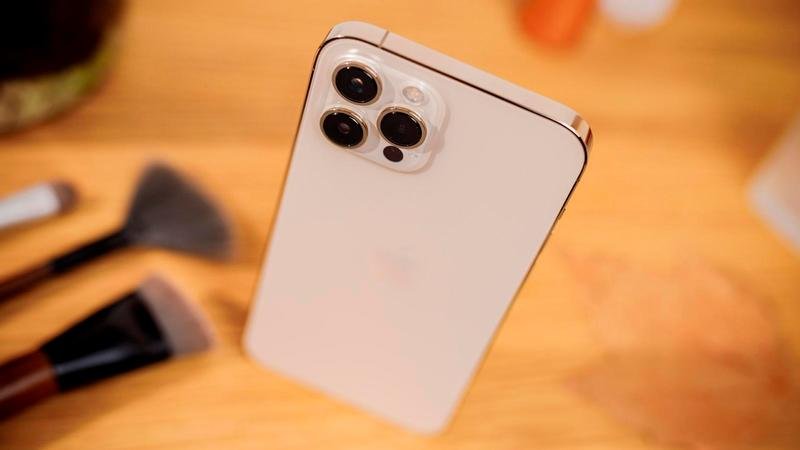
- Pros: Great image/video quality | Good stabilisation | Improved low light performance
- Cons: Lens glare issues
The biggest and most bombastic of Apple’s 2020 iPhones, the 12 Pro Max sports what appears to be a similar three-sensor setup to its predecessor, however, it boasts a wealth of additional technologies, including the odd industry first.
The sensor-shift OIS (optical image stabilisation) system is the camera’s biggest talking point (which has since been rolled out across the iPhone 13 range) and helped elevate Apple’s already exceptional night mode shooting with even less noise and sharper results than before.
The three 12Mp sensors (a main, 120° ultrawide and 2.5x optical zoom telephoto) shoot with a pleasing consistency and confidence that isn’t really seen on rival smartphone cameras.
There’s also a superb 3D LiDAR system – lifted from the iPad Pro – that guarantees fast, accurate autofocus (even in low light), along with the phone’s ability to offer native 10-bit Dolby Vision video capture, another world first (in conjunction with the standard iPhone 12 Pro).
So long as you can handle the phone’s pronounced lens flare quirks (made most obvious by point light sources when shooting in low light) there’s a lot to love about the photographic offering made by the iPhone 12 Pro Max.
Read our full iPhone 12 Pro Max review
Oppo Find X3 Pro – Most unique
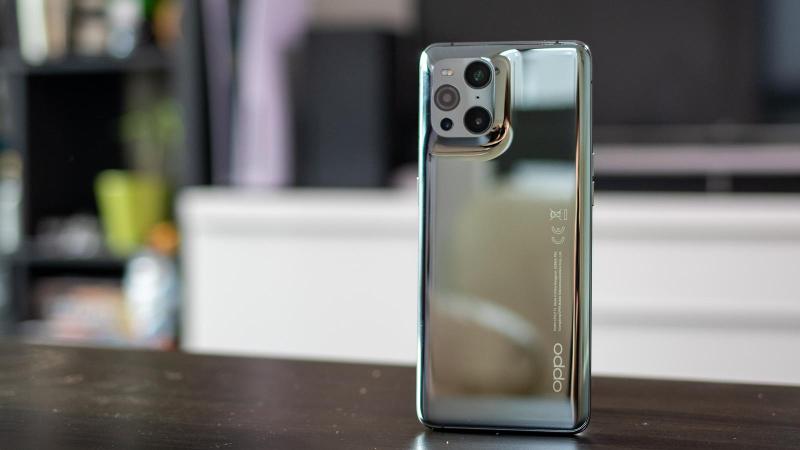
- Pros: Great image quality | Unique ‘microlens’ camera | Consistency between sensors
- Cons: Only 2x optical zoom | Inconsistencies in low light | Microlens more novel than useful
Oppo has taken a markedly different approach with its 2021 flagship, compared to its predecessor, where the camera setup is concerned.
While most rear camera modules round out the experience with a hefty telephoto snapper, the Find X3 Pro only boasts a 2x optical zoom module, with the most unusual entry being what the company has dubbed a ‘microlens’ camera, that can take shots at up to 60x magnification; complete with its own ring light for a truly unique perspective on things.
As for more general shooting, a pair of 1/1.56″ 50Mp sensors reside behind the main and ultrawide lenses on the back of the X3 Pro and boast superb colour consistency, fast autofocus, even in low light, and exceptional image quality that’s hard to beat.
Read our full Oppo Find X3 Pro review
Oppo Find X2 Pro – Superb for stills
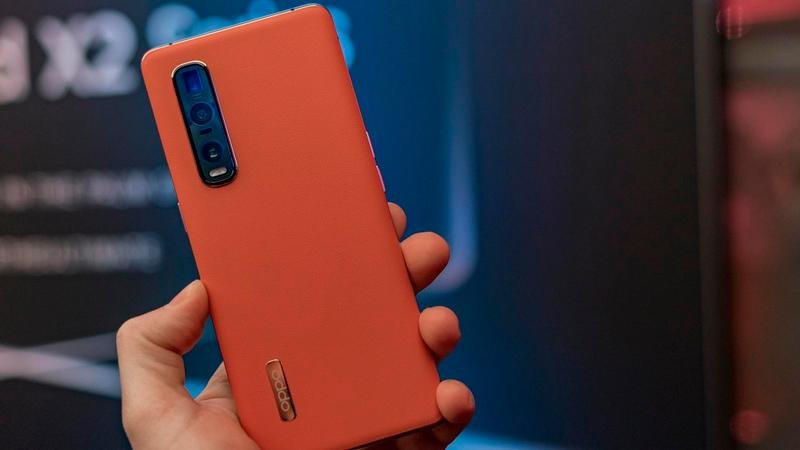
- Pros: Versatile setup | Great detail in shots | Accurate colours
- Cons: Can over-expose in low light | Inconsistency between sensors
Even though its successor is on the scene, the Oppo Find X2 Pro is still one of the best when it comes to smartphone stills photography.
On its back you’ll find a 48Mp f/1.7 main camera (powered by a custom IMX689 Sony sensor), capable of taking shots with 12-bit colour depth – that’s more than can even be displayed on-screen.
It’s joined by a secondary 48Mp f/2.2 (IMX586) 120° ultrawide sensor and a 13Mp f/3.0 5x periscopic zoom lens, capable of up to 5x optical zoom, 10x hybrid and 30x digital.
The main sensor achieves outstanding detail, with shots that offer bright, vivid colours and solid dynamic range. The X2 Pro will also offer more true-to-life photography than many of its direct rivals, which have a tendency to over-process.
Those secondary sensors aren’t quite as capable but still offer a pleasing consistency and deliver where they’re needed. Aside from a tendency to overblow light sources, low light shooting on the X2 Pro is also top-notch.
Read our full Oppo Find X2 Pro review
ZTE Axon 30 Ultra – Most affordable
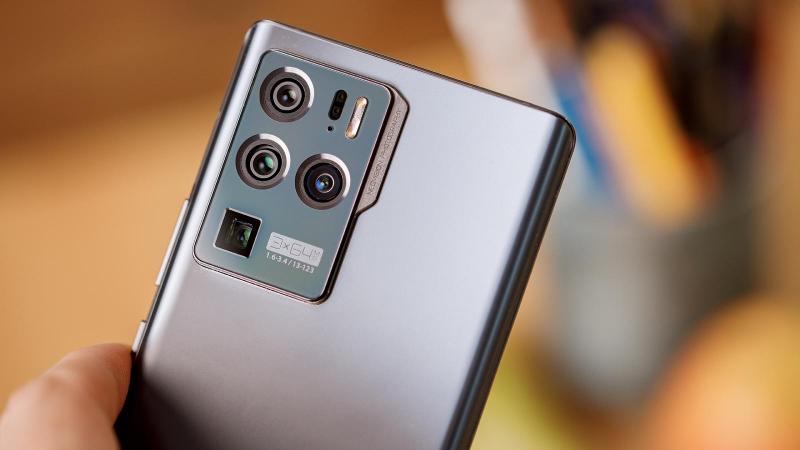
- Pros: Great value | Good edge detection for portraits | Ultrawide detail retention
- Cons: Low light weakness on secondary sensors | Post processing detail loss w/ zoom
ZTE has remerged from relative obscurity with the impressive Axon 30 Ultra.
Not only does this phone boast flagship-class internals at a competitive price, it’s one of the only handsets to sport three 64Mp lenses (regular, ultrawide, and 2x zoom), along with an 8Mp 5x periscopic lens.
Other highlights include a Snapdragon 888 chipset, 144Hz AMOLED display (meaning it’s also great for gaming), and a 65W fast charging-compatible 4600mAh battery.
You’ll have to live without luxuries like wireless charging or a water-resistance rating, and make do with the mediocre MyOS software, but if you can, the Axon 30 Ultra delivers an awful lot of performance per pound.
Read our full ZTE Axon 30 Ultra review
Sony Xperia 1 III – Professional features
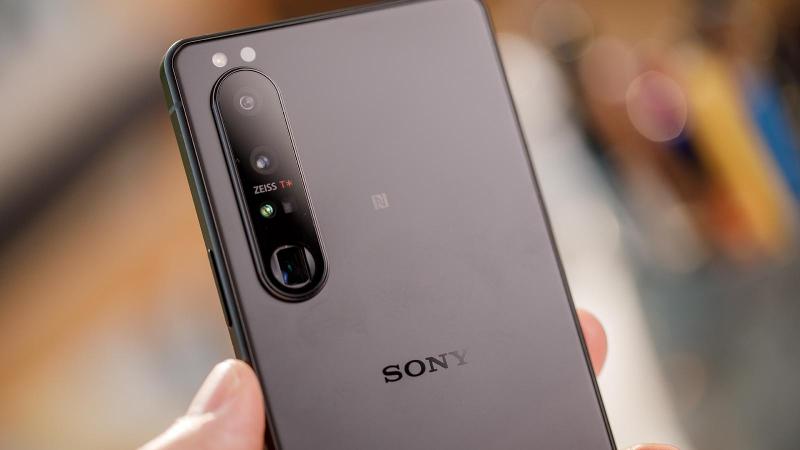
- Pros: Rich manual controls | Incredible autofocus | World-first variable telephoto
- Cons: Lack of easy-to-use features | Overcomplicated camera app setup | Weak selfie camera
Rather than the S21 Ultra’s two separate telephoto sensors, the Xperia 1 III gives us the first example of a variable telephoto setup on a smartphone, which rounds out the phone’s triple 12Mp rear camera setup.
This means the Mk III can capture shots across four focal lengths, without any form of digital trickery or compression; so long as you can cope with the split app architecture that Sony has gone for; emulating its famed Alpha and Venice still and video camera UIs to offer pro-grade control.
There’s an obvious consistency drop-off as you move through…
